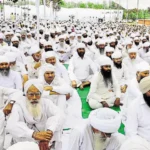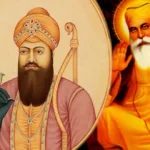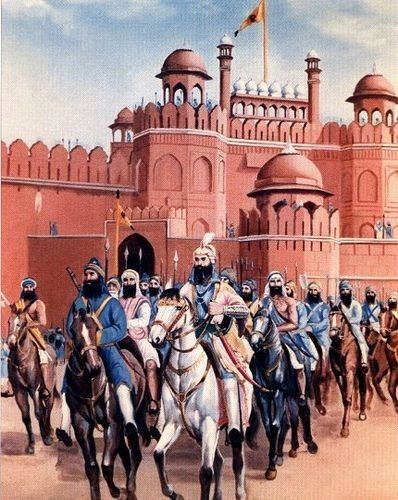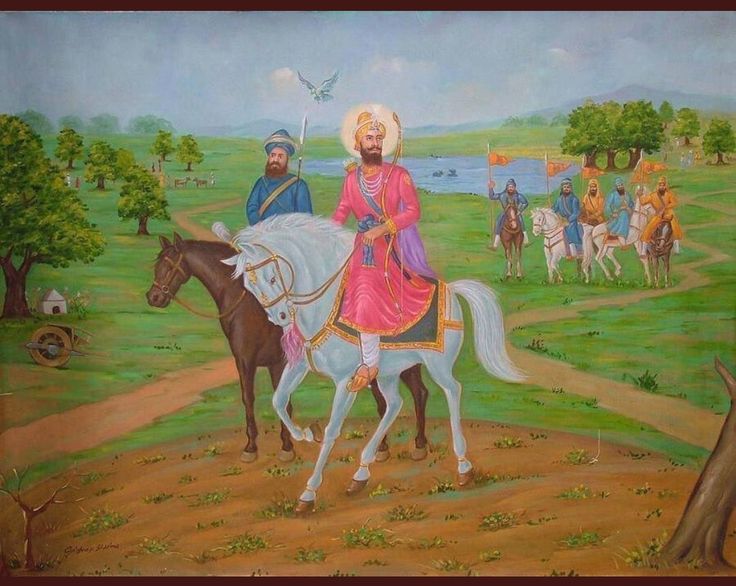Sikhism is the world’s fifth biggest religion. The utterance ‘Sikh’ means ‘learner’ or ‘hunter of truth’. Sikhism advocates equality, social justice, service to humanity, and lenience for other religions.
The vital message of Sikh history is religious fidelity and respect for God at all times while practicing the ideals of integrity, kindness, humility and liberality on a daily basis in life.
Sikh males can be simply renowned for their turban, unkempt hair and beard, a steel/iron bracelet called KARA and kirpan (a small rapier more often than not carried in cloth support and worn beneath the shirt) and Sikh females from their traditional “chunni” (long scarf used for head covering) over their head and across their shoulders.
Sikh History
The Sikh religion is one of the youngest world religions and was set up more than 500 years ago (1469) in Punjab, North India, by Guru Nanak Dev Ji, in reply to a spiritual exposure. Nanak and his nine successors are identified as ‘gurus’, which is a term for a saintly guide or teacher.
Guru Nanak taught factual religion consists of always being heedful of God, meditating on the name and attributes of God and reflecting on God’s Power in all actions of daily life. Guru Nanak’s followers became recognized as Sikhs.
The Holy Book, the “Guru Granth Sahib”, is the eventual holy authority for Sikhs. It consists of teachings and devotional compositions written and recorded by the Sikh Gurus and some present-day Hindu and Muslim saints. The Guru Granth Sahib is at the heart of Sikh reverence and its charisma lends holiness to the Sikh place of love, the Gurdwara. The idea of Sikhism involves
• Universal recognition of all humanity;
• Belief in one God;
• The given name of God is Truth, “Sat Nam”;
Key Beliefs of Sikh History
Sikhs think that the ten Gurus were one with the Divine Being and each had celestial attributes. The first Guru is Guru Nanak Dev Ji and the tenth Guru is Guru Gobind Singh Ji.
The tenth Guru anointed the Holy Book “Guru Granth Sahib” as the living everlasting Guru of the Sikhs. The ‘Holy Book’ is treated with extreme admiration and respect. The Sikh way of life is based on:
• Nam Japna – memorize God’s name with each breath;
• Kirat Karni – Work and earn by the sweat of the top, live a family way of life and practice truth and sincerity in all dealings;
• Vand Ke Chakna – To share and live as stimulation and support to the whole society.
• Control of Kaam (wish), Krodh (annoyance), Lobh (greediness), Moh (affection) and Hankar (conceit).
Sikhs believe that rebirth – (the cycle of life-death-rebirth) – is for those who do not achieve attachment to God throughout the human life cycle.
Sikh History and Doctrines
Sikh in Punjabi means “beginner,” and those who joined the Sikh society, or Panth (“Path”), were people who sought religious supervision. Sikhs assert that their tradition has always been detached from Hinduism.
But, many Western scholars squabble that in its initial stage, Sikhism was a movement in the Hindu tradition; Nanak, they point out, was raised a Hindu and finally belonged to the Sant tradition of northern India, a group linked with the immense poet and mystic Kabir (1440–1518).
Like the followers of bhakti, the Sants whispered that loyalty to God is vital to freedom from the cycle of rebirth in which all human beings are trapped; unlike the followers of bhakti,, the Sants maintained that God is nirgun (“without form”) and not sagun (“with form”).
For the Sants, God can be neither incarnated nor presented in concrete terms.
Sikh literature
The Adi Granth and the Dasam Granth
There are two granths that stand out on top of all others in the Sikh religion: the Adi Granth (First Book) – undeniably the bigger of the two and the Dasam Granth (Tenth Book).
The Adi Granth is alleged by the Sikhs to be the dwelling of the perpetual Guru, and for that cause, it is recognized to all Sikhs as the Guru Granth Sahib – in full, the Adi Sri Guru Granth Sahibji (The Most valued Granth which Is the Guru).
The Dasam Granth is notorious in the Panth because of the questions about its authorship and work of art. No such queries distress the Adi Granth. Cautiously compiled by Guru Arjan in 1603–04, it’s all about 1,430 pages in its up-to-date printed edition.
The focal point of the Adi Granth is the memory of the divine name, and there is little explanation of the past events, not together from some allusions to the life of Guru Arjan.
The Adi Granth is alienated into three parts and prearranged as per the precise ragas, a sequence of five or more notes upon which a piece of music is based.
The short first section (pages 1–13) contains liturgical works. The extensive second part of the Adi Granth is dedicated to 31 ragas (pages 14–1353), and the third and final part is a small epilogue containing assorted works (pages 1353–1430).
The other main work of Sikh history, the Dasam Granth, was, before the appearance of the Tat Khalsa, supposed to be a work of Guru Gobind Singh, and so Sikhs treated it as a piece of the Guru Granth Sahib. As per tradition, the unique version of the Dasam Granth was composed by the Guru’s authentic follower Mani Singh.
One more version is believed to have been assembled by Dip Singh, and a third was compiled in Patna at the end of the 18th century. The three versions are considerably the same, and none of them contains the Zafar-Nama (“Epistle of Victory”), Guru Gobind Singh’s rebellious message to Emperor Aurangzeb. In 1902 Sanatan Sikhs of the Amritsar Singh Sabha published an authorized version that included the Zafar-Nama and gave it the title Dasam Granth.
The modern printed work amounts to 1,428 pages.







